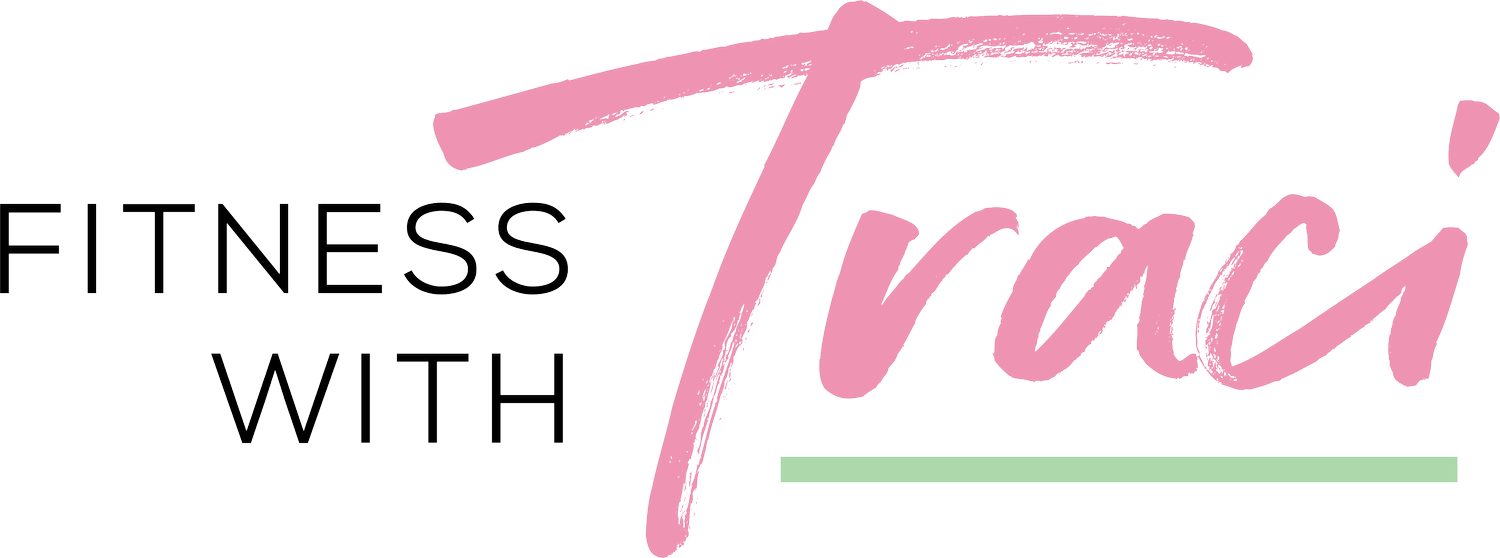Calorie Counting Made Simple
Are you ready to just throw your hands up at the thought of counting calories?
Calorie deficit. Food scales. Grams and ounces. Eat this, not that. Food apps.
Counting calories can be confusing, but it doesn’t have to be.
Let’s take it one step at a time.
Food provides you with energy. You eat the food. Your body breaks down or digests the food. Digestion releases energy from the food. You use the energy from that food to live. The energy allows you to move and breathe and think and talk - all of your body’s activities happen because it has energy to use.
If you remember from my last article, taking in more energy (in the form of food) than you use, will cause you to gain weight. Taking in less energy (in the form of food) than you use, will cause you to lose weight. This last scenario reflects a calorie deficit. While there are several factors that can affect this reasoning, generally it’s all about a balance (or imbalance) of energy.
So, let’s start by taking a closer look at “the calorie.” We use the term often. You may hear someone say, “That has too many calories,” or “I’m counting my calories.” What is it that people actually mean when they refer to calories?
Calories are a measure of energy. Simply put, calories tell you how much energy different foods have. This makes sense because weight gain or weight loss is about the balance of energy. Thus, if you eat food without using all of the energy provided by that food, over time you will gain weight. Now, this is an oversimplified view because of other factors that play a part in the equation, but for our purposes, it works. So, let’s continue.
Now that you know what calories are, how do you know how many you should have? That depends on if you want to lose weight, gain weight, or maintain your weight. You can choose to use the Body Weight Planner tool by the National Institutes of Health. This tool will help you determine your calorie goals based on your current weight and your desired weight and other factors. If you are looking to go into a calorie deficit to lose weight, multiply your goal weight by 12 to give you your target calories. This video by Jordan Syatt provides an in-depth view of how this process works.
Once you have your calorie goal, you need to begin counting your calories. Fortunately, the calorie counts of foods have already been determined and different apps or the USDA website FoodData Central can be used to determine how many calories are in specific foods. However, in order to be precise, you need to know how much of a particular food you are eating. And the best way to know how much of a particular food you are eating is to measure the food in grams using a food scale. Here is a link to the food scale I use but any food scale will do and you will find a variety of them while shopping online. However, what is important is that you consistently measure your food as accurately as possible to determine how many calories you are consuming.
Let’s look at how you would count your calories. One hundred (100) grams of boneless/skinless chicken thighs is equal to 165 calories. How would you know? You would use a food scale to measure the raw chicken before cooking and an app of your choice, like My Fitness Pal or My Macros+, or the USDA website to find the calories for that amount of chicken. You would use these steps for any food that you eat.
I mentioned above that you should weigh your meat raw before you cook it. Weighing any food in its raw form, or before cooking, is the preferred method because when food is cooked it loses weight and volume as a result. Have you ever noticed that a piece of chicken or a hamburger is smaller after it has been cooked? Another great example is spinach; it is voluminous in its raw state and when you sauté it in a pan it shrinks up tremendously. Thus, weighing food before it is cooked will give you a better measurement of the calories and other macros you may be measuring. We will take a look at macros in the next article.
Finally, whether you are counting calories to lose weight, gain weight, or maintain your current weight, be sure to eat food that you enjoy. Enjoying your food will help make the journey toward reaching your goal more satisfying and your actual weight goal more accessible. A diet consisting of a variety of foods that you like to eat will also ensure that you gain various nutrients to support the functioning of your body.
So, breathe. Determine your weight goal. Use a process to figure the amount of calories to reach your goal. Eat a variety of foods that fit within your recommended daily intake of calories. And remember, each person has specific goals and is beginning at their own, unique starting line. Your weight goals and calorie intake should not be compared to another person’s weight goals and calorie intake.
Don’t worry. You got this.
